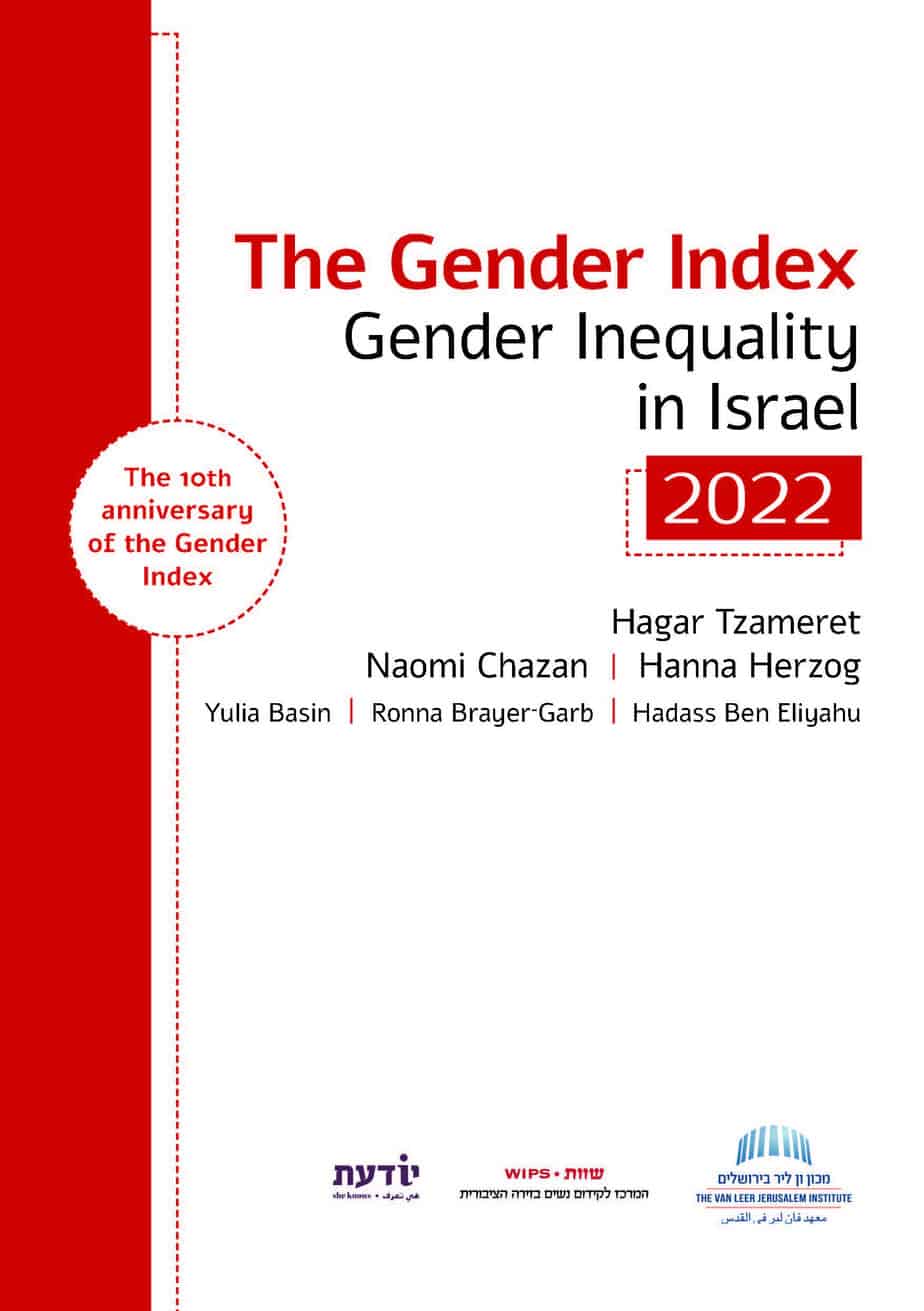Collaborative Governance in Israel
Theory and Practice
| Edited by | Neta Sher-Hadar, Lihi Lahat, Itzhak Galnoor |
| Publisher | Van Leer Institute Press and Hakibbutz Hameuchad |
| Language | Hebrew |
| Year of Publication | 2022 |
| Series | The Center for Social Justice and Democracy, Theory in Context Series |
Collaborative governance developed against a background of changes in public policy over the past four decades, as part of which managerial methods were adopted from the business sector with the aim of giving citizens an adequate return for the taxes collected from them. Collaborative governance offers an alternative to this approach and returns public values to the heart of the activity of governing bodies. According to this approach, the citizens are not merely “clients” who receive services but rather also participants in decision-making. Accordingly, public policy is not the sole purview of government ministries or local authorities; instead, it is formulated through collaboration with actors and organizations from various sectors.
Collaborative Governance in Israel: Theory and Practice is based on the work of a research group in the Center for Social Justice and Democracy in Memory of Yaakov Chazan at the Van Leer Jerusalem Institute. It is the first to examine arrangements of collaborative governance in Israel, and it is the third and last part of a trilogy on public policy in Israel. It was preceded by Privatization Policy in Israel: State Responsibility and the Boundaries between the Public and the Private (2015) and Regulation in Israel: Values, Effectiveness, Methods (2019). Collaborative Governance is a continuation of its predecessors, and its articles examine another way of governance, primarily in situations in which privatization and regulation processes do not yield the desired results. Some of the articles in the book deal with the development of theoretical aspects of the concept of collaborative governance; others examine arrangements of collaborative governance that have been implemented in Israel. Two questions run through the book as a common thread: First, do collaborative governance arrangements help promote public values? And second, do these arrangements contribute to democratic processes?




